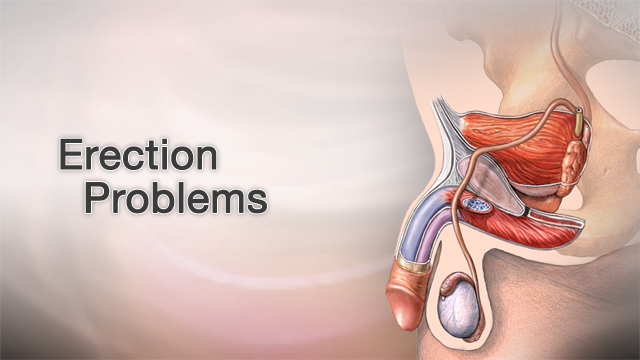Eshealthtips.com – Radical Prostatectomy is a surgical procedure for the treatment of prostate cancer. It is an important procedure because it can remove the prostate without harming the surrounding tissue. This surgery is performed under general anesthesia. There are several types of radical prostatectomy, such as laparoscopic radical prostatectomy. The laparoscopic procedure eliminates the need for a large incision by using fiber optics and miniaturization.
Catheter Placed In Bladder to Drain Urine
After the operation, a catheter is usually placed in your bladder to drain urine. The catheter will be removed once you are released from the hospital. The surgeon will then examine the removed prostate tissue under a microscope to make sure that it was cancer-free. If cancer has spread beyond the prostate, you may require additional treatments.
Although major complications from radical prostatectomy are extremely rare, they can occur. The most common side effects include incontinence and erectile dysfunction. Although both of these issues can be embarrassing, most men recover full bladder control. The doctor can also prescribe medicines to relieve urinary leakage and bladder control. You may feel weak after the surgery, but it is normal and will go away over time. You may also need physiotherapy to help you recover.

Radical Prostatectomy is a major surgery that removes the prostate gland and some of its adjacent structures. It is usually the treatment of choice for men with early-stage prostate cancer. This procedure eliminates cancer from the prostate and surrounding structures, including the seminal vesicles and the vas deferens. This treatment is the most effective way of curing prostate cancer. However, you should discuss the risks and benefits with your doctor before undergoing the procedure.
Operation Success Depends On Many Factors
If you choose this option, you should avoid eating or drinking for at least one day before the procedure. The doctor may require you to take a laxative prior to the procedure. It is important to remember that the prostate is in the pelvis and surrounded by several other organs, blood vessels, and nerves. The procedure can be performed in a few ways, depending on the location of the tumor and the extent of cancer. The success of your surgery depends on many factors, including your age, health, and life stage.
There are several risks associated with radical prostatectomy, including infection. The infection may occur at the site of the surgery, in the urinary tract, and in the chest. The procedure requires an intravenous drip, which may cause an infection. The infection may be treated with antibiotics. The surgeon may also damage nearby organs during the procedure. It is important to discuss the risks and benefits of the surgery with your surgeon before surgery begins.

Radical prostatectomy is a surgical procedure that removes the prostate and some of the surrounding tissue. It can also remove the seminal vesicles, a gland that produces semen. To perform this surgery, the surgeon makes small incisions in the perineum (the area between the scrotum and anus), and removes the prostate through these incisions. During the surgery, the surgeon may remove nearby lymph nodes through another incision in the abdominal cavity.
Disruption After Surgery Have Erectile Dysfunction
Although most men recover from their surgery with minimal pain, some side effects can persist for several months. Some patients experience urinary leakage (dribbling), which is worse immediately after surgery but will improve over time. Patients may also experience erectile dysfunction, or impotence, for weeks or even months. Recovery of sexual function may take several months, and medication may be prescribed to improve erections.
During the operation, the patient is usually put under general anesthesia. A surgeon will make several small incisions in the lower belly, as well as a larger one above the belly button. During the procedure, the prostate gland is removed, along with the seminal vesicles, and nearby lymph nodes. The surgeon will then reattach the urethra to the bladder neck, which carries urine. After the procedure, the patient is usually required to be in bed for a few days, with limited activities for several weeks.

Depending on the extent of the prostate tumor, a patient may need a urinary catheter after the surgery. The catheter may need to remain in place for a few days or even a week. Patients may not ejaculate for the first few months after the surgery, but they can continue sexual activity. They may also take over-the-counter pain medication.
Reference: